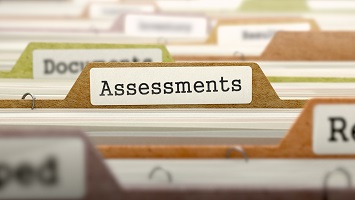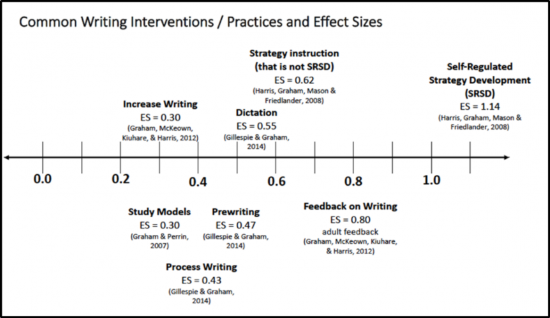Recently a group of colleagues and I attended an Adaptive School’s seminar which taught us specific strategies and techniques to employ in order to facilitate more efficient meetings and to provide more effective engagement in our trainings. While the strategies are helpful, what has really stuck in my mind following the seminar is the concept of being “adaptive”. Adapt-ive as opposed to Adapt-ed. Our trainers made sure to distinguish between the two. At first I thought it was a cute gimmick used by our trainers to establish a rationale for a multi-day seminar, but the more thought I’ve given it, the more some distinction seems necessary between the two.
The Merriam-Webster Dictionary defines adapted as having changed your behavior or some other aspect of yourself in order to achieve a better fit in a particular situation. It is a modification that results in improved functioning and/or being better suited for a place or a purpose. Ducks’ webbed feet are adapted for swimming – they provide more powerful propulsion and better mobility in watery environments. Seasoned educators are adapted to their school’s routines and culture. They function well in the stability of practices which have stood the ‘test of time’ in their school or their classroom. To be adapted can be a good thing. It results in a goodness of fit between the individual and their environment. Sometimes it results in increased functioning, sometimes in specialized skills, and sometimes in greater comfort and success. So, shouldn’t we all strive to be adapted to the situations in which we find ourselves?
No, say my trainers; we should strive to be “adaptive”.
Let’s go back to Merriam-Webster to figure out what that means.
In the glorious vague precision that is dictionary language, we find the perfectly banal definition of adaptive as “showing or having a capacity for or tendency toward adaptation”. Great…So what?
So, that means they are different conjugations of the word “adapt” –– PLEASE DON’T LEAVE… I promise this matters!! Adaptive is an adjective – a descriptor word; a word that labels or identifies the noun. Adapted is a verb, in the past tense; a word describing what has already happened. So why this matters is because using a past tense verb like Adapted means the growth, change, or modification has already occurred while using an adjective like Adaptive indicates both identification of the noun and the possibility for current (and future) change. An adapt-ed duck has webbed feet well suited for the pond in which it lives. But the adapt-ive duck is also adjusting itself to current environmental factors including climate change and urban sprawl. An adapt-ed educator knows how things work and what the routines are throughout the school building and across the school calendar. But an adapt-ive educator is also investigating what factors are changing in the world of education and is exploring new tools and practices to support improved student outcomes.
To be adapted is to find success in your situation and to remain there comfortably. But to be adaptive is to embrace change and strive for continued improvement, knowing that we can be lifelong learners and ever sharper practitioners of our trades.
I used to be an adapted professional, secure in what I knew and how I did things. I embraced hard work and getting things to a point at which they were functionally in place and successful – I was goal driven and focused on crossing the finish line and achieving the outcome. Things were best when they were clearly differentiated: black and white without any messy gray area. Change had always been a four letter word in my head. I was one who was well adapted.
But now I am trying on a new identity; that of an adaptive professional. One who knows change comes continually and I can embrace it rather than shy away or entrench. One who has confidence in my toolbox of skills – when and how to use them. I also have confidence in my ability to learn and adapt to new tools and new situations. There is no longer an end goal or finish line, and that’s the exciting part.


 Data-Driven Decision-Making
Data-Driven Decision-Making  Increasing Post-School Success through Interagency Collaboration
Increasing Post-School Success through Interagency Collaboration  How Can We Improve Deeper Learning for Students with Disabilities?
How Can We Improve Deeper Learning for Students with Disabilities?  Positive Classroom Management: Creating an Environment for Learning
Positive Classroom Management: Creating an Environment for Learning  Self-Determination Skills Empower Students of All Ages
Self-Determination Skills Empower Students of All Ages  Fidelity of Implementation: What is it and Why does it Matter?
Fidelity of Implementation: What is it and Why does it Matter?  Rethinking Classroom Assessment
Rethinking Classroom Assessment  A Three-Step Approach to Identifying Developmentally Appropriate Practices
A Three-Step Approach to Identifying Developmentally Appropriate Practices  Transforming Evidence-Based Practices into Usable Innovations: A Case Study with SRSD
Transforming Evidence-Based Practices into Usable Innovations: A Case Study with SRSD